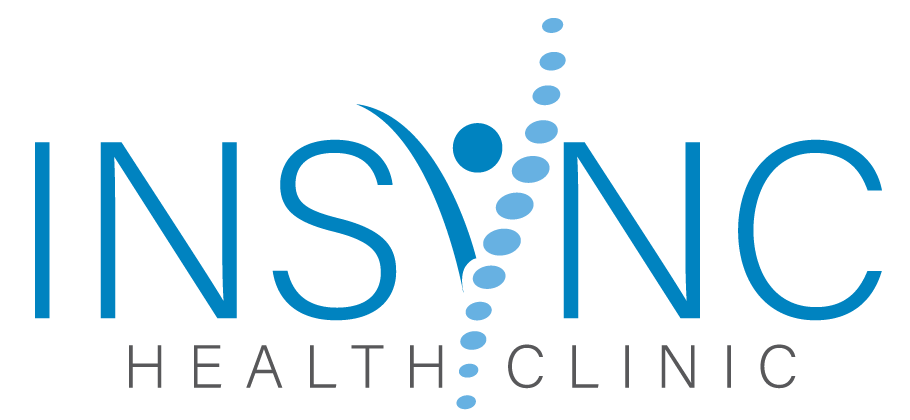Ankle sprains are some of the commonest soft tissue injuries that occur. Virtually anyone can sprain an ankle, whether during sports, vigorous physical activities, or even from something as simple as stepping onto an uneven surface or losing your balance during everyday tasks.
In most college level and high school sports, ankle sprains top the list of most frequently reported injuries in both men & women; volleyball, basketball, and soccer players being the most likely to suffer from it. Unfortunately, there aren’t many definitive risk factors that people can watch out for that can predict ankle sprains.
Certain factors such as strength, excessive flexibility can provide an indication of potential future sprains, but there isn’t much clarity in the results of studies carried out on this. This is the primary reason why appropriate treatment is crucial for a full recovery from an ankle sprain; it also helps reduce the chances of similar injuries occurring in the future.
How a sprain occurs
A sprain can occur during any running, jumping or walking activity and it happens just as the foot connects with the ground. This is the point at which the joint is in the least-stable angle. At times, a sprain can occur when landing/stepping on uneven surfaces or even landing on another athlete’s foot while a game is in progress. This motion stretches the ankle’s ligaments past their capability, which results in a complete/partial tear. The commonest signs & symptoms that indicate a sprained ankle include:
- Swelling
- Bruising
- Pain outside or at the top of the foot when bearing weight or when certain movements are made
- Reduced range of motion
- In more severe sprain’s, the moment of injury may be accompanied by a distinct popping sound
Different grades of ankle sprains
An ankle sprain can be graded into three different categories:
Grade 1
- Slight ligament fibre tears with no significant structural damage
- Instability, pain, and swelling is minimal
Treatment: Stretching and range of motion exercises; weight bearing as tolerated, with a quick progression into various strengthening exercises.
Grade 2
- Partial ligament tear with moderate instability, pain, and swelling
- Reduced range of motion
Treatment: Immobilization if required; pain-free range of motion stretches and exercises, and slower progression of strengthening and stretching exercises.
Grade 3
- Complete ligament rupture
- Significant instability, swelling, and pain
- Inability to weight bear
Treatment: Short-term immobilization required with crutches/cast; a similar progression as the previous grade, but over a longer timespan; surgical reconstruction may occasionally be recommended.
How physiotherapy helps
Because of the common occurrence of ankle sprains, the misconception is that you can simply “walk it off” and that they don’t really need any specialised treatment. Most people just assume that once the pain in their ankle has subsided, they have recovered completely. Regardless of the severity of the injury, without treatment from a skilled physiotherapist, lasting symptoms may pose a problem with activity. It also increases the chances of re-injuring these weakened structures.
People that don’t seek treatment for ankle sprains can experience various long-term issues including stiffness and instability, which can continue to be problems for months and years post the injury. Stiffness is the commonest complaint that people have in the later healing phases of ankle injuries;
This stiffness isn’t likely to disappear by itself without joint mobilisations and proper treatment from a qualified and experienced physiotherapist. Seeing a physiotherapist post an ankle sprain can help you move back to the activity levels you maintained before becoming injured (three to eight weeks), depending on how severe the sprain is.
We at Insync Physiotherapy have skilled podiatrists on board and can provide excellent treatments and care. For any more information on the different types of services we provide, feel free to contact us on (02) 7226 3432. You can also send us your queries via this online form.
Thanks for reading,
Insync Physiotherapy Team
(02) 7226 3432
